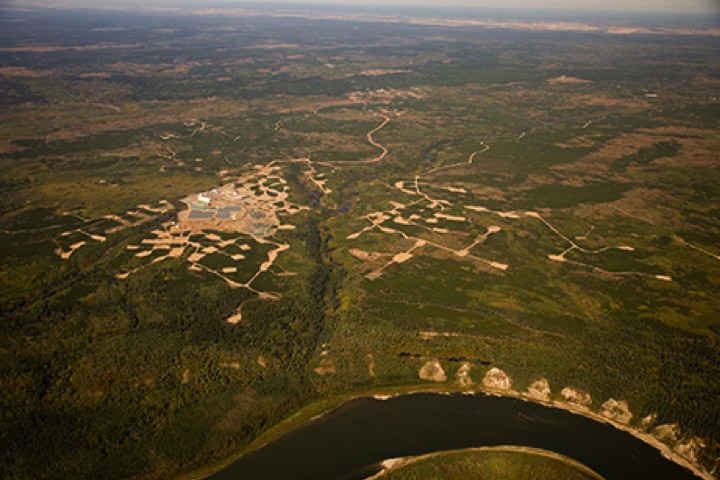Mining giant Rio Tinto is planning to exercise all of its options in a diamond exploration site in Saskatchewan.

Star Diamond Corporation announced on Nov. 15 that Rio Tinto Exploration Canada (RTEC), a wholly-owned subsidiary of Rio Tinto, has provided notice to exercise options that include exploration and testing under an earn-in agreement.
Star Diamond said it will provide further information following a review of the notice.
“(RTEC) has provided notice to Star Diamond Corporation that it has met the spending requirements under the option agreement for the FalCon diamond exploration project and is exercising all available options to earn a 60 per cent interest,” a Rio Tinto spokesperson said Tuesday.
“Exploration activities continue as planned at the project site.”
It’s a move that’s seen as good news for the Star-Orion South Diamond project, which is located approximately 65 kilometres east of Prince Albert. RTEC refers to Star Diamond’s mineral dispositions in the Fort à la Corne diamond district as project “FalCon.”
According to Star Diamonds’ outlook in its third-quarter results for 2019, the positive results of an independent preliminary economic assessment (PEA) showed the project can be economically developed and operated while providing direct employment for hundreds of people over its estimated 38-year mine life.
“It is the company’s view that Rio Tinto is one of the few companies in the world with the resources and expertise to move forward with a project of the magnitude of the Star-Orion South Diamond Project and Fort à la Corne kimberlites,” read the outlook.

Get daily National news
“While RTEC’s work continues to focus on the bulk sampling of the Star and Orion South kimberlites, Brownfields exploration programs by RTEC also aim to investigate and prioritise the company’s other kimberlite bodies in the Fort à la Corne diamond district.”
The 2018 PEA estimated 66 million carats of diamonds could be recovered in a surface mine over the 38-year project life, with a net present value of $2 billion after taxes.
Exploration has been underway at the site for years, but so far, no decision has been made to turn it into a diamond mine.
James Smith Cree Nation (JSCN) said the project is located in their traditional territory and they welcome the possibility of a change in controlling ownership.
“At this stage, we have no guarantees even with the change in controlling interest that this mine is in our people’s best interests,” JSCN Chief Wally Burns said in a press release.
The Saskatchewan Ministry of Environment conducted an assessment, including consultation with local First Nations and Métis communities, prior to approving the project in 2018.
The JSCN First Nations hope to re-open discussions with the ministry on the entire project.
“Yes, the province offered us some ‘accommodation measures’ to try appease us, but those measures do nothing to resolve our concerns about the loss of lands and resources, and other negative impacts of the mine on our treaty rights,” Burns added.
“We’re not opposed to development, but we will not be satisfied with beads and trinkets.”
While JSCN chiefs said they look forward to working with Rio Tinto to address concerns, they will not give consent for the project to move forward unless the interests of their First Nations have been satisfied.
“Rio Tinto will continue to work in collaboration with the local communities and Indigenous groups, and strictly follow all legal and regulatory standards, ensuring that our work is carried out in a safe and environmentally responsible manner,” a Rio Tinto spokesperson said Tuesday.
“Rio Tinto will continue to engage with First Nations groups to keep them informed on activities for the FalCon exploration project. We will work collaboratively with the local communities while we continue with exploration work and the results will be used to decide if the project will advance to further studies.”
JSCN is comprised of three separate Cree communities: James Smith, Peter Chapman, and Chakastapaysin.
-With files from Doug Lett






Comments